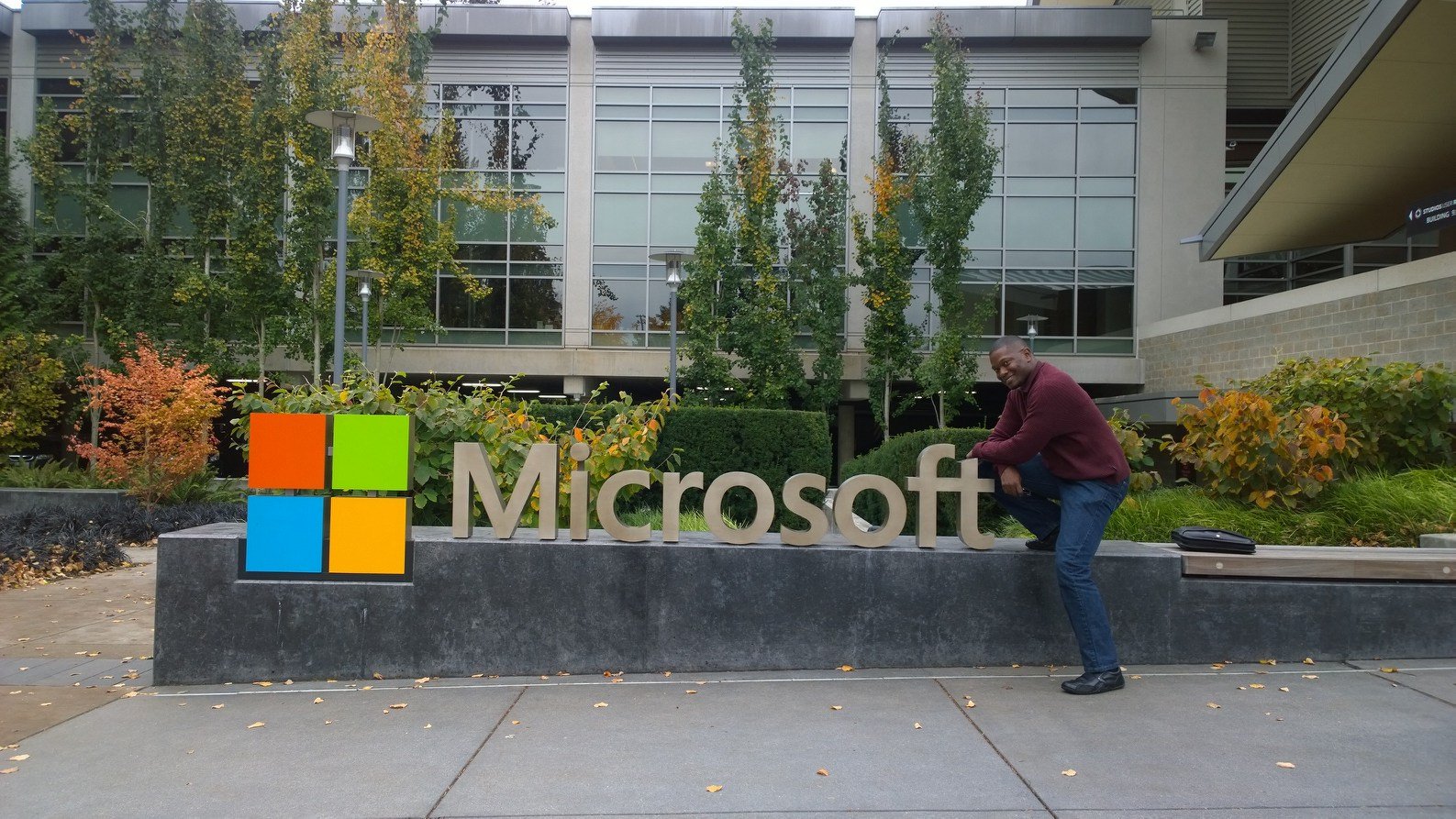
In the ever-evolving realm of artificial intelligence, Microsoft’s Latest AI Voice Generator VALL-E 2 , which showcases an unprecedented ability to mimic human voices with remarkable accuracy. While this innovation marks a significant step forward in AI technology, Microsoft has opted to keep VALL-E 2 out of public reach due to potential misuse concerns.
Microsoft has developed a new artificial intelligence (AI) model, VALL-E 2, capable of generating remarkably realistic human voices. The technology can replicate a person’s voice with startling accuracy using just a three-second audio sample. However, due to concerns about potential misuse, Microsoft has decided not to release the model to the public.
Development and Capabilities of Microsoft’s Latest AI Voice Generator VALL-E 2
VALL-E 2 is an advanced iteration of Microsoft’s text-to-speech (TTS) technologies, building on the foundation laid by earlier models. This AI tool can rapidly learn and replicate any human voice after processing just a few seconds of audio input. Its capabilities extend to generating natural-sounding speech that can fluently handle complex sentences, making it nearly indistinguishable from a real human voice.
Microsoft’s Latest AI Voice Generator VALL-E 2 marks a significant leap in speech synthesis technology. Developed by Microsoft, this advanced tool builds on its predecessor’s capabilities to deliver more natural and versatile voice outputs. VALL-E 2 excels at mimicking human speech nuances, enabling it to generate voice clips that sound remarkably similar to the input voice, but with the added ability to alter spoken content while maintaining the speaker’s original tone and emotion.
This innovation opens up new possibilities in personalized voice assistants, accessibility features, and entertainment, reshaping how we interact with digital devices. As AI continues to integrate more deeply into our daily lives, tools like VALL-E 2 demonstrate the profound impact these technologies can have on communication and media.
Application and Concerns in Microsoft’s Latest AI Voice Generator VALL-E 2
The potential applications for VALL-E 2 are vast, spanning industries like customer service, entertainment, and education, where realistic voice interaction can significantly enhance user experiences. However, the same capabilities that make VALL-E 2 valuable also pose risks. The technology could be exploited for creating convincing deepfakes or engaging in voice spoofing and other fraudulent activities. Such threats have led Microsoft to restrict access to VALL-E 2, maintaining it strictly for research purposes to avoid potential abuses.
Microsoft’s Latest AI Voice Generator VALL-E 2 builds on the success of its predecessor, VALL-E, and represents a significant leap forward in text-to-speech (TTS) technology. It leverages advanced machine learning techniques to analyze a speaker’s voice and capture its unique characteristics, including timbre, tone, and emotional nuances. This allows the model to generate personalized speech that is virtually indistinguishable from the original speaker’s voice.
Technological Insights
Microsoft has not only focused on the realism of the AI voices but also on their adaptability across various applications. The latest models, including controllable new voice generation technologies, allow for rapid creation of diverse voice types to meet specific needs, from voice assistants to interactive gaming characters.
The Ethical Dilemma
While the potential applications of Microsoft’s Latest AI Voice Generator VALL-E 2 are vast, including assistive technologies for people with speech impairments and more natural-sounding virtual assistants, Microsoft recognizes the potential for misuse. The company’s researchers are particularly concerned about the possibility of the technology being used to create deepfakes – audio recordings that convincingly imitate a person’s voice to spread misinformation or commit fraud.
“VALL-E 2 represents a significant advancement in neural codec language models,” Microsoft researchers stated in a paper published on the pre-print server arXiv. “However, we are aware of the potential risks associated with releasing such a powerful tool.”The development of VALL-E 2 underscores the need for responsible innovation in the field of AI.
As technologies like these continue to evolve, they bring with them a host of ethical considerations that must be addressed to ensure they benefit society without causing harm. Microsoft’s cautious approach to the deployment of VALL-E 2 highlights the broader industry challenge of balancing technological advancement with ethical responsibility.
Microsoft’s Responsible Approach
Microsoft’s decision to withhold VALL-E 2 from public release reflects a growing trend among tech giants to prioritize ethical considerations alongside technological innovation. The company is committed to developing AI responsibly and is actively working with researchers and policymakers to address the challenges posed by increasingly sophisticated AI models.
Looking Ahead
Despite the ethical concerns, Microsoft researchers believe that VALL-E 2 has the potential to revolutionize the way we interact with computers and each other. The company is exploring ways to mitigate the risks associated with the technology, such as developing tools to detect AI-generated speech and implementing strict guidelines for its use.
Microsoft’s Latest AI Voice Generator VALL-E 2 demonstrates the incredible potential of AI to mimic human speech. However, the company’s decision to keep the model under wraps highlights the growing ethical challenges associated with developing and deploying increasingly powerful AI technologies. As AI continues to advance, it is crucial for researchers, policymakers, and society as a whole to engage in thoughtful discussions about the responsible and ethical use of these technologies.
Microsoft’s VALL-E 2 represents a significant technological advancement in AI voice generation. While it offers numerous potential benefits, the decision to keep this technology under wraps reflects a commitment to preventing its misuse. As AI continues to integrate more deeply into various sectors, the lessons learned from VALL-E 2 will likely influence future developments in AI ethics and governance. To know more click here.


















